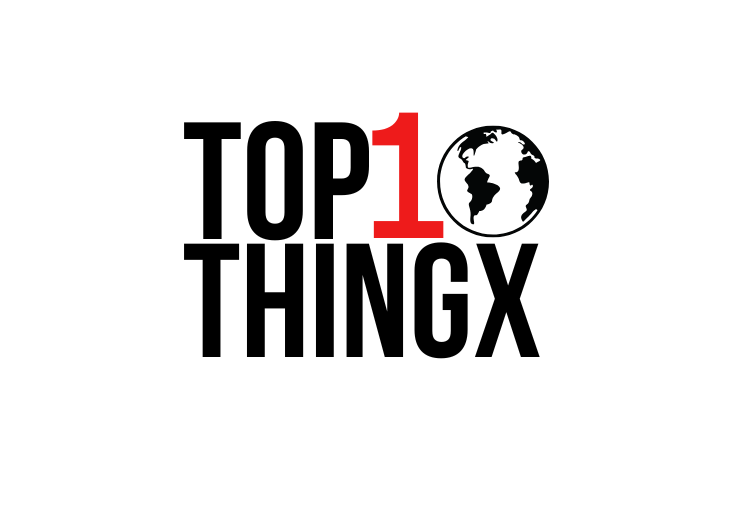Top Ten Marketing Analytics Tools for Data-Driven Decisions
In today’s digital world, businesses must navigate through heaps of data to make informed decisions. This is where marketing analytics tools come into play. Think of these tools as your compass in the vast ocean of data, guiding you to safe harbors where you can anchor your business strategies. Let’s dive into the top ten marketing analytics tools that can transform your data into actionable insights! 1. Google Analytics Google Analytics is the industry standard for tracking website traffic and user behavior. It’s like having a magnifying glass that allows you to scrutinize how visitors interact with your site. From understanding which pages attract the most visitors to analyzing conversion rates, Google Analytics provides a comprehensive view of your website’s performance. Plus, it’s free to use, making it a must-have for businesses of all sizes. 2. HubSpot HubSpot is not just a marketing analytics tool; it’s an all-in-one platform that helps with inbound marketing, sales, and customer service. Think of HubSpot as a Swiss Army knife for marketers. It offers tools for content management, email marketing , social media tracking, and analytics, all integrated into one platform. Its intuitive dashboard allows you to track marketing campaigns, measure ROI, and analyze customer interactions effortlessly. 3. Tableau If you want to take your data visualization to the next level, Tableau is your go-to tool. Imagine being able to create stunning, interactive dashboards that can turn boring data into eye-catching visuals. Tableau allows you to connect to various data sources and creates visual reports, helping you spot trends and patterns quickly. This makes it an essential tool for making data-driven decisions. 4. SEMrush For those focused on search engine optimization (SEO) and content marketing, SEMrush is invaluable. Think of it as your personal treasure map for finding keywords, tracking your competition, and analyzing backlinks. With its powerful analytics, SEMrush helps you improve your website’s visibility on search engines, making it easier for potential customers to find you. 5. Hotjar Hotjar is a unique tool that helps you understand how users interact with your website through heatmaps and session recordings. It’s like having a window into the minds of your visitors. By visualizing where users click, scroll, and navigate, you can identify areas for improvement. This insight can help you enhance user experience and ultimately drive conversions. 6. Adobe Analytics For enterprises seeking a robust solution, Adobe Analytics provides deep insights into customer behavior across multiple channels. It’s like having a crystal ball that reveals customer journeys, enabling you to optimize marketing strategies. Adobe’s machine learning capabilities help you predict customer behavior, making it a powerful tool for data-driven decision-making. 7. Mixpanel Mixpanel focuses on tracking user engagement and retention. It goes beyond basic analytics, allowing you to analyze how users interact with your app or website in real time. Think of it as your personal detective for understanding customer journeys. With Mixpanel, you can segment users based on their actions and create targeted campaigns to improve retention rates. 8. Kissmetrics Kissmetrics helps you track the entire customer journey, from acquisition to conversion. It’s like having a roadmap that shows you exactly where your customers come from and how they interact with your brand. With Kissmetrics, you can identify which marketing efforts are effective, allowing you to allocate resources wisely. 9. Sprout Social For businesses focused on social media marketing, Sprout Social offers comprehensive analytics that help you measure engagement, track brand sentiment, and optimize social strategies. It’s like having a personal social media manager that provides insights to improve your online presence. With its reporting features, you can showcase the impact of your social media efforts to stakeholders. 10. Crazy Egg Crazy Egg provides insights into how visitors interact with your website through visual tools like heatmaps, scroll maps, and A/B testing. It’s like a lab experiment for your website, helping you test different layouts and content to see what resonates with your audience. This iterative process can significantly enhance your website’s performance. Frequently Asked Questions (FAQs) Q1: Which marketing analytics tool is best for beginners? A: Google Analytics is widely considered the best starting point for beginners. It’s free, easy to integrate, and provides a broad overview of website traffic and user behavior. Q2: How do marketing analytics tools improve ROI? A: These tools help identify which strategies are working and which aren’t, enabling businesses to allocate resources effectively and focus on high-performing channels to maximize return on investment (ROI). Q3: Can I use multiple marketing analytics tools together? A: Yes, many businesses combine tools like Google Analytics, SEMrush, and Hotjar to get comprehensive insights into web performance, SEO, user behavior, and social media impact. Q4: Are these tools suitable for small businesses? A: Absolutely. Many of the tools listed—like Google Analytics, Hotjar, and HubSpot—offer free or affordable plans that cater specifically to the needs of startups and small businesses..










